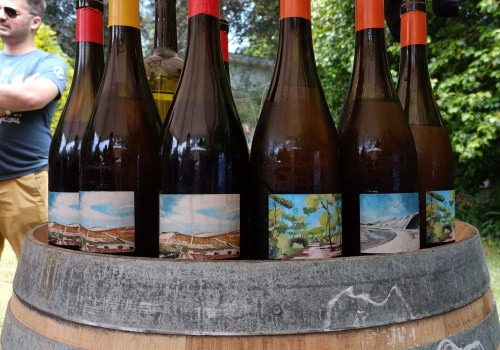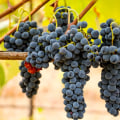On average, dry red wines or dry white wines have around 2 grams of sugar per standard glass. Dry (meaning slightly sweet) wines are around 3 to 5 grams, and sweeter wines like Sauternes have 10 grams. Then there are late-harvest wines, which can contain a whopping 20 grams of sugar per glass. There are a lot of companies that offer sugar-free wines, but if these wines contain any alcohol, they cannot be labeled as such.
Because the residual sugar content in different types and styles of wine varies greatly, it is difficult to determine the exact amount of sugar in a glass. Generally, winemakers stop the fermentation process before all the sugars are converted to alcohol, resulting in a wine with a higher residual sugar content. Rather than using hidden additives and potentially harmful chemicals, many wineries opt for traditional methods of production, creating small batches of sustainably grown grapes without added sugar. On the other hand, in colder climates, grapes may not ripen as much, leading to lower sugar levels and consequently less alcohol in the wine.
In addition, many wines have impressive health benefits and are naturally low in sugar. Even experienced wine tasters may struggle to identify residual sugar in wine, but with practice it is possible to learn. It is also important to note that the perception of sweetness in wine is determined not only by the amount of residual sugar present but also by other components such as acidity, tannins, and alcohol content. With the increasing popularity of the ketogenic diet over the past decade, wine lovers around the world are wondering if they can reduce their sugar intake and still enjoy their favorite beverage.
The total amount of sugar in a glass of wine may include added sugar or sugar from unfermented grape juice as well as natural sugars found in grapes. A wine with high acidity may appear less sweet than it actually is, while a wine with a high alcohol content may appear sweeter. Currently, most countries (including the U. S.) do not require labels to indicate actual sweetness levels of wine.
If you want to reduce your sugar consumption, opt for wines made in small-scale wineries that do not involve added sugars during the natural process of grape production. In fact, even highly trained wine tasters would have difficulty identifying residual sugar levels in a blind test.










